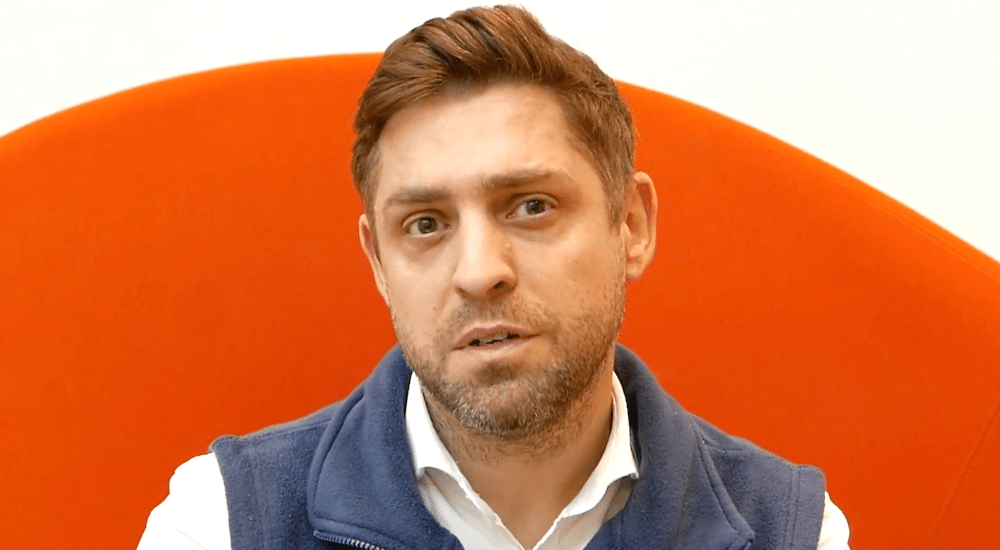Robots to help children learn a language
Prototype
Researchers from Gallaudet University, Washington, D.C. (USA), led by Laura Ann Petitto, researcher and educational neuroscientist, are developing a robot called the Robot Avatar Thermal-Enhanced prototype (RAVE) to help children develop language skills.

The prototype is the result of a three-year USD 1.1 million grant from the US National Science Foundation (NSF) and nearly USD 1 million of additional funding from the W.M. Keck Foundation, and builds on research that Petitto has carried out for more than a decade.
The avatar uses American Sign Language at a certain, optimal pace and is able to keep children’s attention for up to 6 minutes at a time. During preliminary studies, it was found that infants 6 to 8 months old began to gesture in a rhythm linked with sign language after only a few minutes of contact with RAVE. The team believes that this rhythm may be a sign that the child is learning some important foundations of language, like identifying sounds or other basic units of language. The aim is to provide infants with language interaction that actually makes sense.
“This is work in progress,” emphasized Petitto. “It’s evolving and will continue to evolve for another year.” In CNBC’s report on the project, it is pointed out that many linguists consider that there is a critical period in infant development when sensitivity to language is particularly high. Without hearing or seeing some language at this young age, children would not be able to learn later on.
Source: CNBC
 Sign in
Sign in

